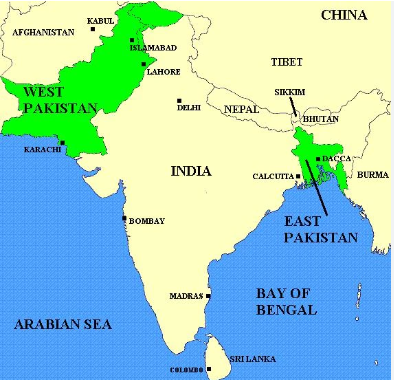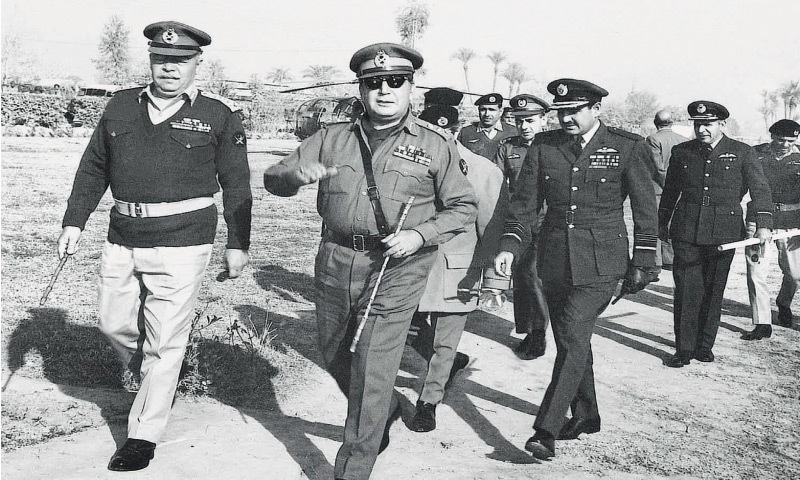
In 1955, Pakistan underwent a significant transformation in its political and administrative structure when Iskandar Mirza, the then-President of Pakistan, introduced the “One Unit Policy.” This policy had far-reaching implications for the country’s governance, and its effects are still felt today. Let’s delve into the history and details of this pivotal policy.
Historical Context
To understand the One Unit Policy, we must first consider the context in which it was introduced. Pakistan, born out of the partition of British India in 1947, faced numerous challenges in its early years. One of the most pressing issues was the division of the country into two wings—West Pakistan (present-day Pakistan) and East Pakistan (present-day Bangladesh), separated by over 1,600 kilometers of Indian Territory. This geographical divide created disparities in political representation, economic development, and administrative management.

Genesis of the One Unit Policy
The One Unit Policy was introduced as an attempt to address these disparities and create a more unified and cohesive Pakistan. Iskandar Mirza, a career bureaucrat and the first native President of Pakistan, championed this policy as a means to foster national unity. The idea was to merge the four provinces of West Pakistan—Punjab, Sindh, Baluchistan, and the North-West Frontier Province (now Khyber Pakhtunkhwa)—into a single administrative unit. This move aimed to reduce the political influence of the provinces and centralize power in the federal government.
Key Objectives
The One Unit Policy had several key objectives:
- National Unity: By merging the provinces, it sought to promote a sense of national unity among Pakistan’s diverse regions and ethnic groups.
- Administrative Efficiency: It aimed to streamline administrative processes and reduce bureaucratic hurdles that often arose due to provincial autonomy.
- Political Stability: The policy was expected to stabilize the political landscape by minimizing regionalism and provincial rivalries.
- Economic Development: Through better resource allocation and development planning, the policy aimed to accelerate economic growth in West Pakistan.
Implementation and Outcomes
The policy was implemented in 1955, and its effects were profound. The four provinces were merged into one administrative unit with a single governor. This move significantly curtailed the autonomy of the provinces, leading to opposition from some political leaders who felt it undermined the federal structure.

While the One Unit Policy did achieve some of its objectives, such as administrative efficiency and a reduction in provincial rivalry, it also faced criticism for centralizing power excessively. The policy exacerbated tensions between West and East Pakistan, contributing to the political and economic disparities that eventually led to the Bangladesh Liberation War in 1971.
Repeal of the One Unit Policy
In the aftermath of the war and the creation of Bangladesh, Pakistan underwent a series of constitutional changes. One of these changes was the repeal of the One Unit Policy in 1970. Pakistan was restructured into four provinces once again, with the addition of a new province, Khyber Pakhtunkhwa.

Legacy
The One Unit Policy remains a significant chapter in Pakistan’s history. It served as an experiment in governance with both positive and negative consequences. While it aimed to foster unity and efficiency, it also highlighted the importance of respecting regional identities and autonomy. In conclusion, the One Unit Policy introduced by Iskandar Mirza in 1955 was a bold attempt to address the challenges of a newly formed Pakistan. It had noble objectives of fostering national unity and administrative efficiency, but its centralizing approach had far-reaching consequences. The policy’s legacy serves as a reminder of the complex interplay between unity and diversity in a diverse nation like Pakistan.












Comments
Here are 10 World’s Largest Cruise Ships
Here are 10 World’s Largest Cruise Ships
From Love to Longing: 10 Surprising Reasons of Marital Disconnection
Unveiling the Surprising facts about Zulfiqar Ali Bhutto
Unveiling the Surprising facts about Zulfiqar Ali Bhutto